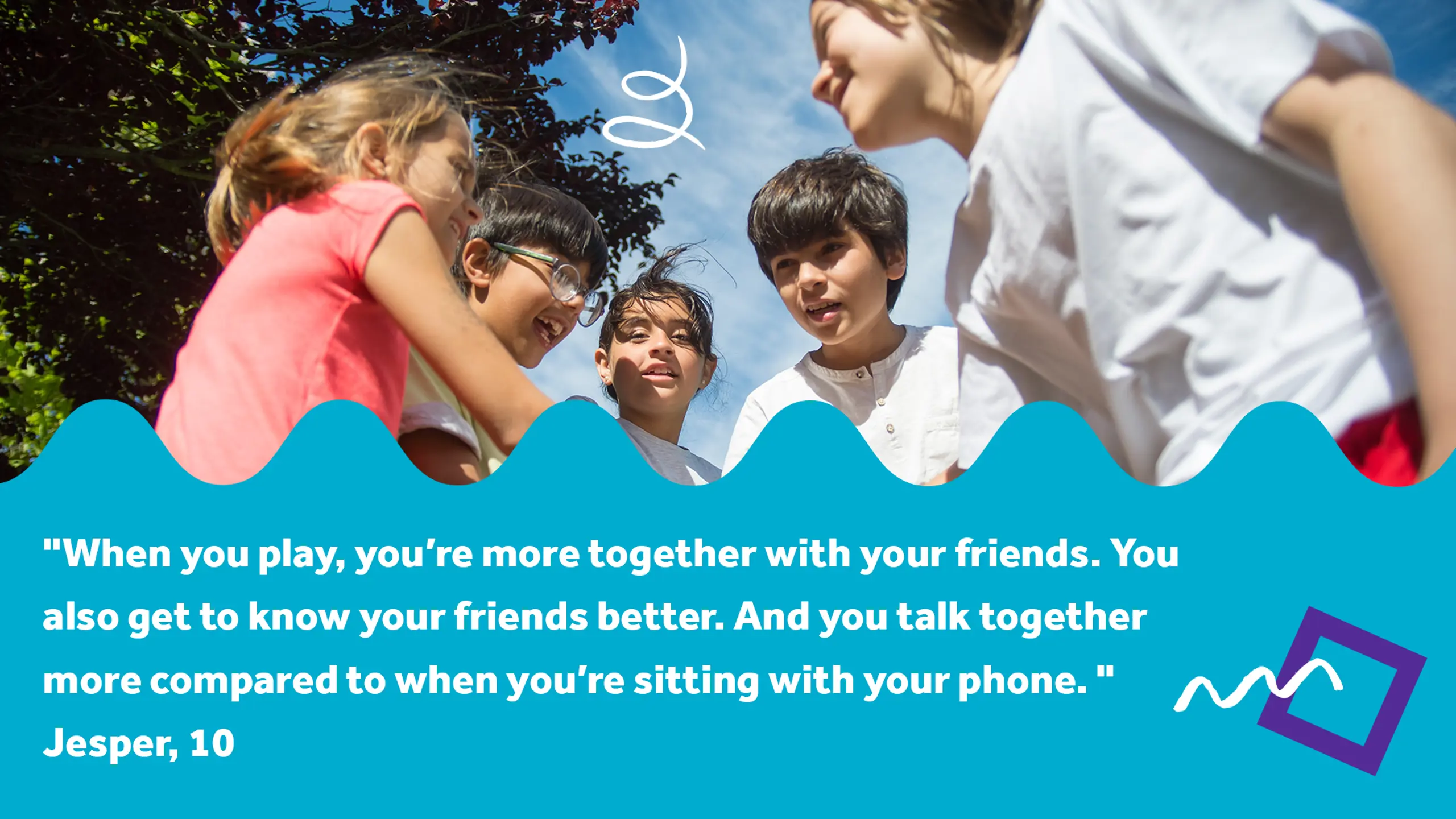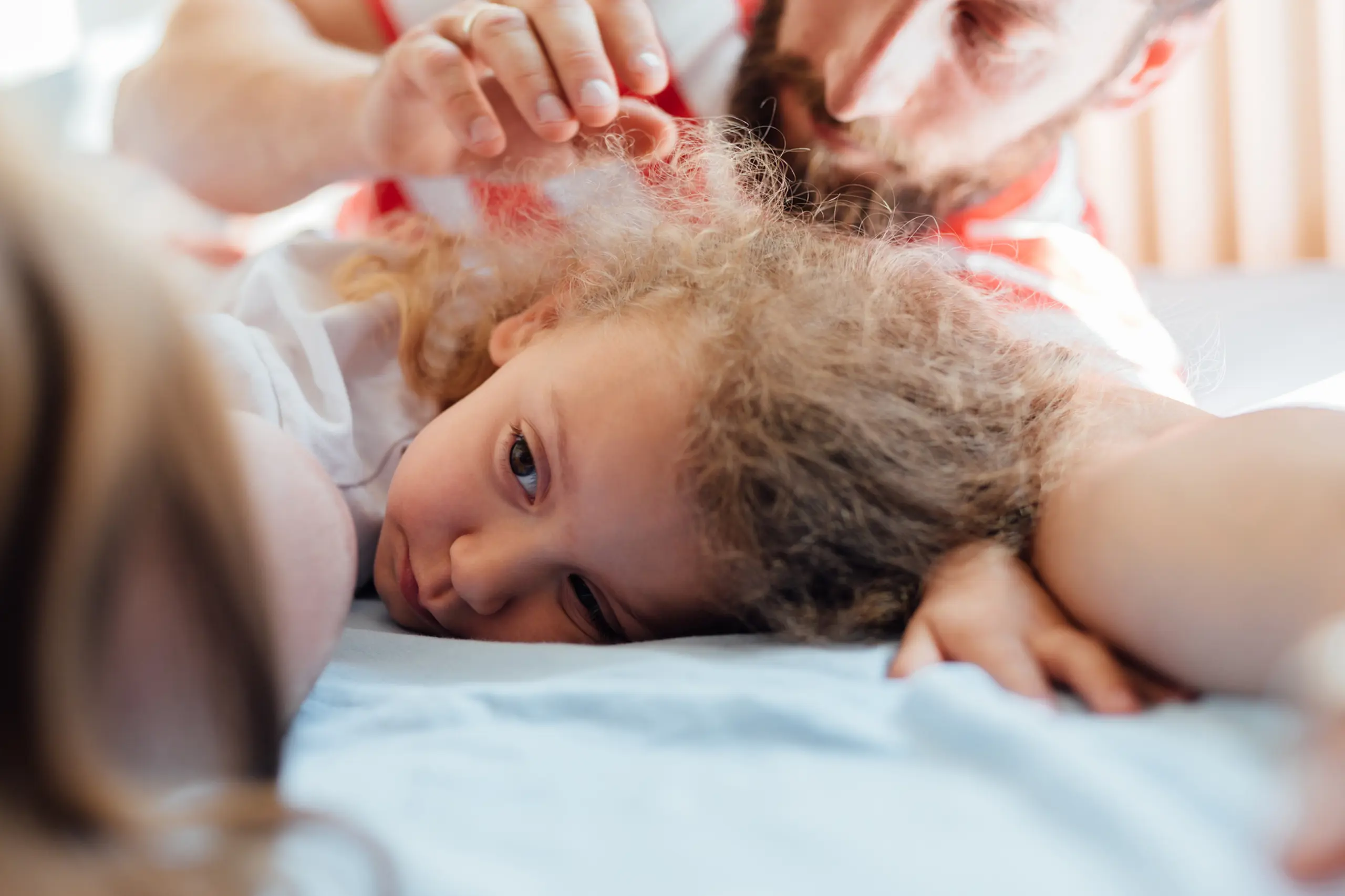When you’re young, the world’s your playground
We’ve been working with think tank, Tænketanken Mandag Morgen to ask Danish children one big question: what makes a good life?
In the third in our three-part series, we asked children whether play makes life good. Here’s what they told us.
Play makes life fun
It’s no surprise that Danish children (like children all over the world) enjoy playing. They especially love playing with other children, and our report shows the ones who played most were usually happiest.
Play was popular for two reasons:
- It’s fun. Children loved the escapism of play - especially laughing, imagining and creating their own worlds.
- It’s easier to make friends. Play brings children together, helping them make old friendships stronger and new friendships faster.
Play does a great job at teaching social skills, too. Most children we spoke to thought it was important that everyone had someone to play with. So, they learned to invite others into their games.









